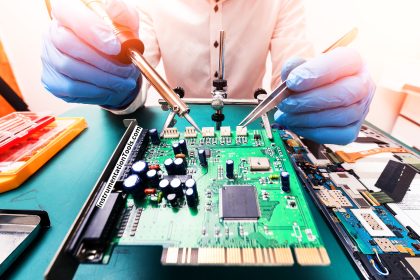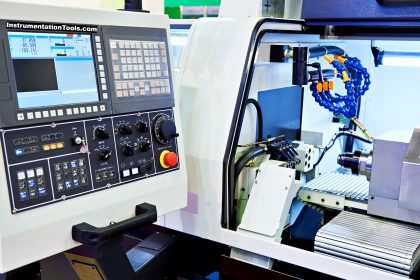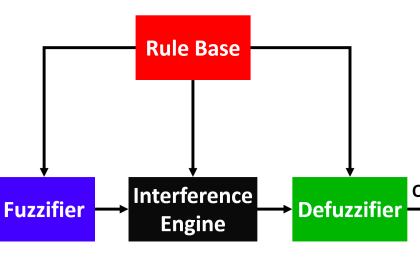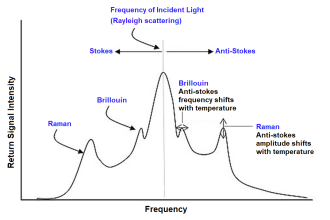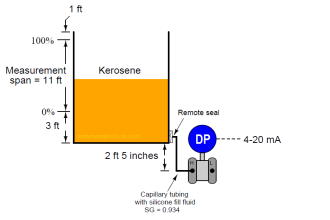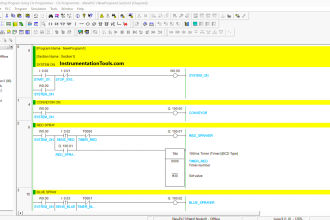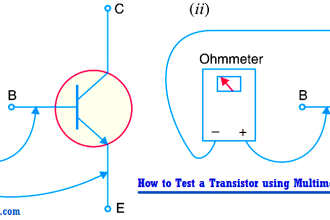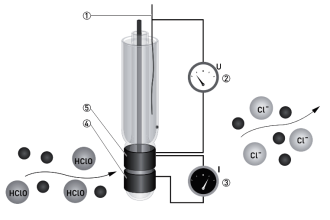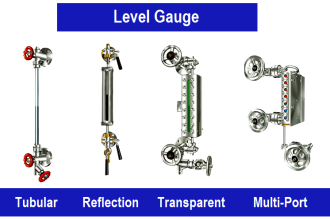Principle of Moving coil Type Velocity Transducer
- A coil moves in a magnetic field according to the velocity applied.
- The voltage in the coil becomes a measure of the velocity when calibrated.
Description of Moving coil Type Velocity Transducer
- The instrument has permanent pole pieces which generate the magnetic field.
- There is a pivoted arm on which a coil is mounted.
- There is a mass attached to the end of the coil.
- The whole device is contained in an antimagnetic case.
Operation of Moving coil Type Velocity Transducer
- The velocity to be measured is applied to the arm.
- Due to this coil moves in the magnetic field.
- A voltage is generated on account of motion of the coil in the magnetic field.
- The output voltage is proportional to the velocity.
Advantages of Moving coil Type Velocity Transducer
- The antimagnetic case reduces the effects of stray magnetic field.
- Damping is obtained electrically.
- There is high stability under varying temperature conditions.
Applications of Moving coil Type Velocity Transducer
These transducers are used for measuring velocities in linear, sinusoidal or random manner.

